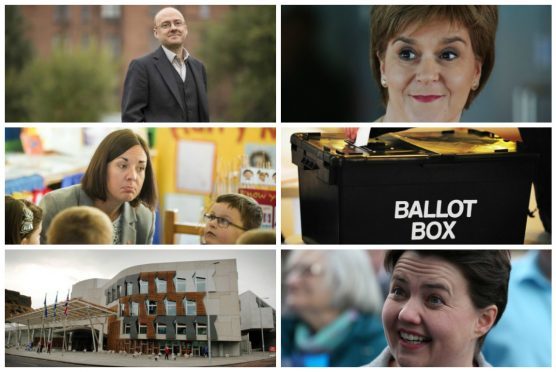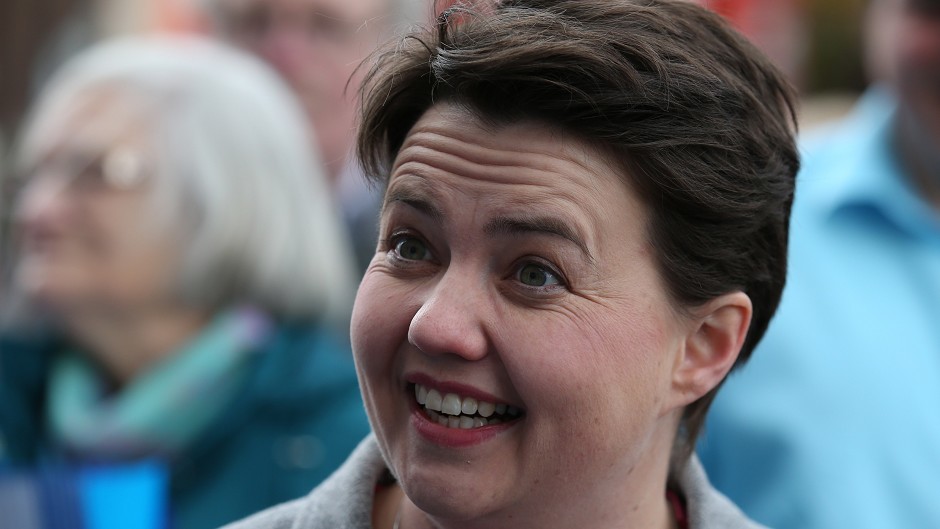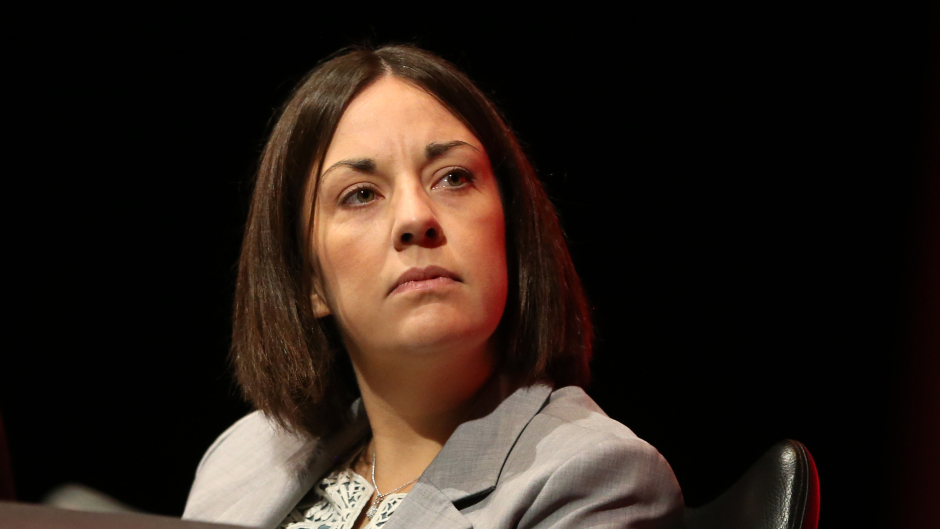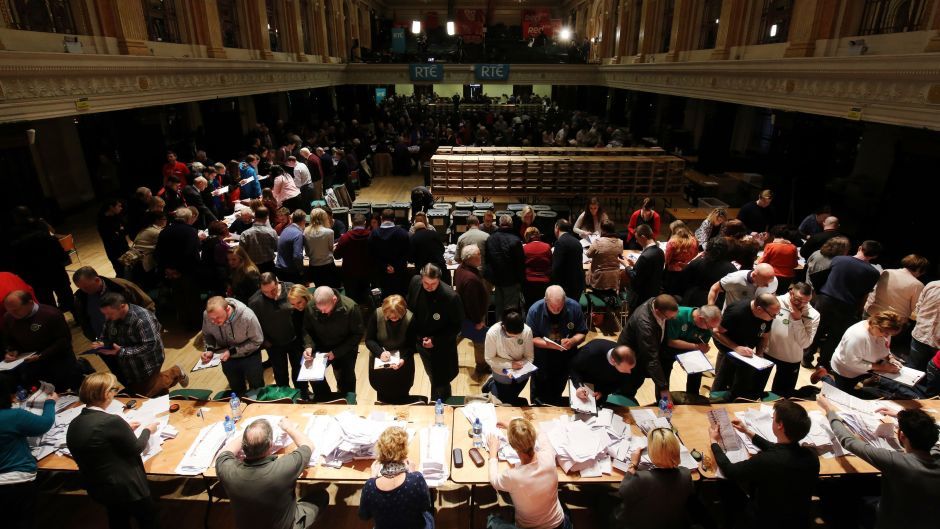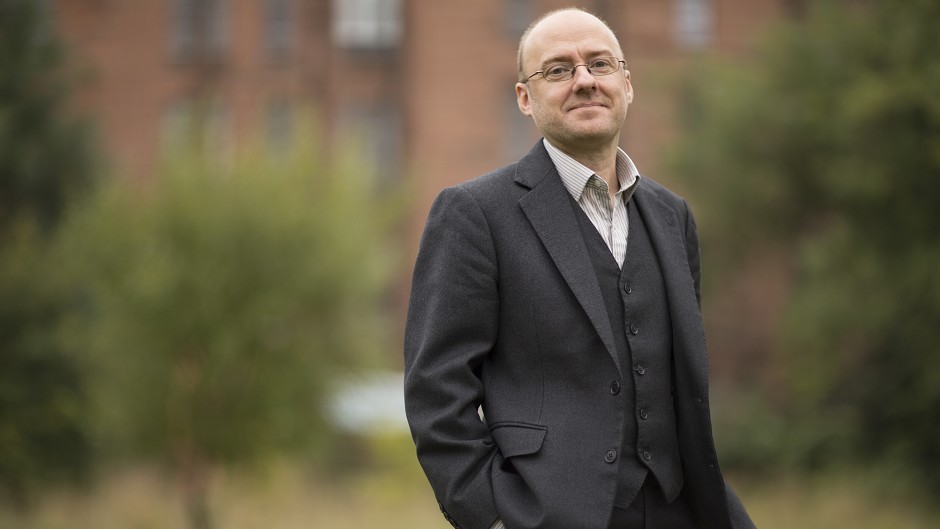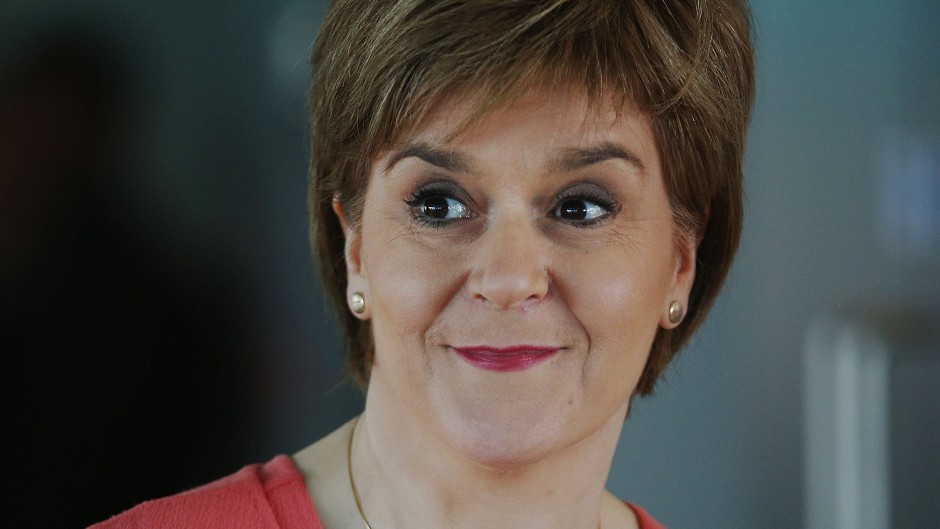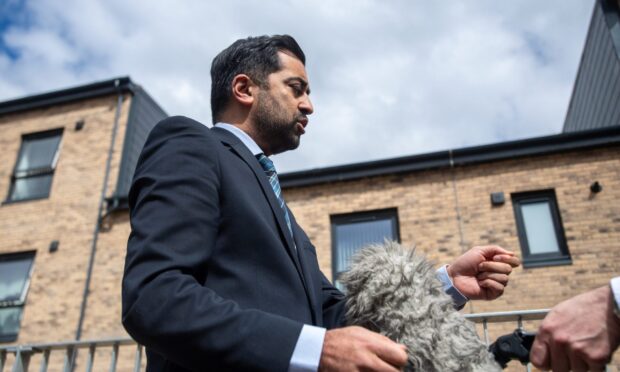With just one full week of campaigning left ahead of May’s Scottish Holyrood election, voters have been heading online in their droves to ask some big questions about the parties and the electoral process.
Here are the nine most frequently searched questions about this year’s Scottish election…
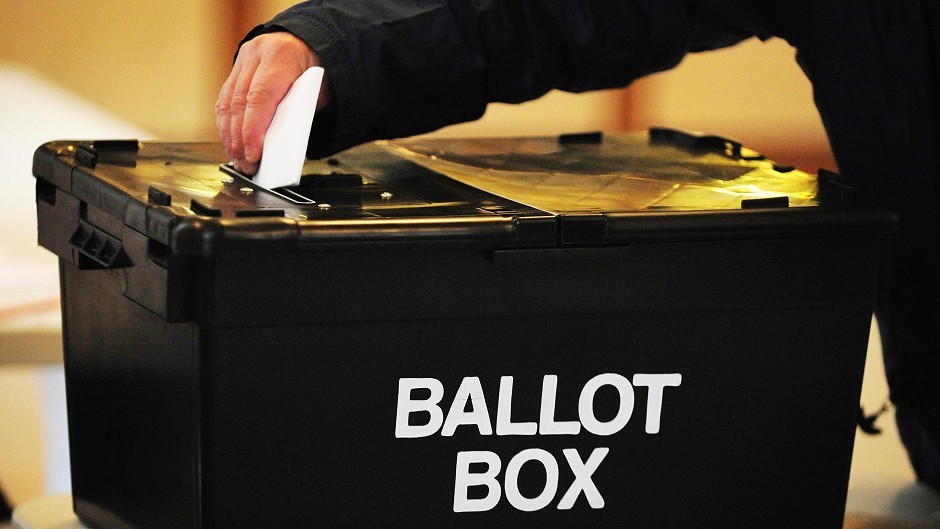
1) How does the Additional Member System work?
On May 5, you will be given two ballot papers. One will ask to you vote for an MSP to represent your constituency. This vote is run on a first-past-the-post basis meaning, simply, the person with the most votes wins the constituency.
Your second ballot paper allows you to vote for the party you want to represent your region at Holyrood. This vote is decided on a proportional representation system – meaning that the number of MSPs a party gets in a region is decided by the proportion of votes it gets.
But hold on. The electoral system, known as the D’Hondt system, is designed to make elections as representative as possible, meaning parties that win constituencies are then penalised on the list.
Once all a party’s regional votes are counted that number is then divided by the number of constituency seats they have won – plus one.
For instance, if the SNP win all 10 constituency seats in the North East region on May 5, their list vote would then be divided by 11.
The party with the most votes on the regional list then has an MSP elected.
The process is repeated, but the party that just won a list seat will have its vote divided by two. And so on and so forth until all 7 regional members have been allocated.
2) How tall is Ruth Davidson? How tall is Nicola Sturgeon?
It is well known that those on the electoral fence can make a snap judgement on who to plump for.
It can be based on looks, sounds, appearance – who you’d most like to have a pint with.
Apparently many people are choosing between Sturgeon and Davidson based on their height.
Psephologists – election eggheads to you and me – will have a field day with this.
We can’t say with absolute certainty the height of Mmes. Davidson and Sturgeon, but if we had to wager, Sturgeon would have it by a nose.
3) Who is Kezia Dugdale?
The other one, who’s not the two above.
When people know who Ms Dugdale is – she has only been leader of Scottish Labour for eight months after all – they then want to know how old she is. Bit rude, but she’s 34.
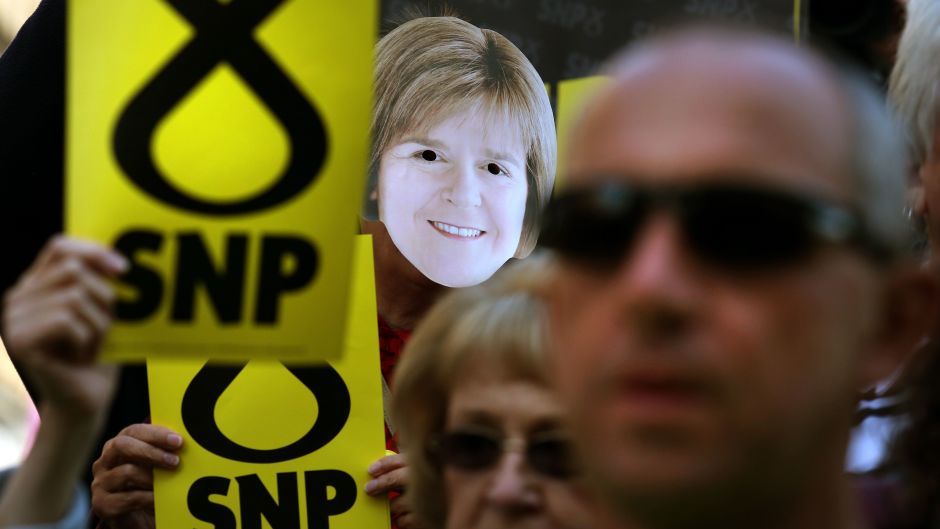
4) Where to buy an SNP mask in Korea?
This one really stumped us. The SNP are popular, sure, but even in the Korean peninsula? They’ve got bigger things to think about, surely.
Well, sort of. SNP is actually a cosmetics company that sells a number of facial treatments in Korea and elsewhere.
A lot of people also searched for something called the SNP array, which seems to be to do with DNA and molecular biology. As far as we know it has little to do with the election, although perhaps it might.
To be fair it looks only slightly more complicated than the Additional Member System. This also presumably explains people asking, are SNP mutations?
5) What time are the Scottish election results?
Polls open on May 5 at 7am. Voting takes place all day until 10pm. Remember you’ll need to be registered and take your polling card or another form of ID with you to your polling station if you want to vote.
Once the polls close, the vote counting begins. Ballot boxes from across the constituency are brought to a count, where volunteers sort through the votes.
In some elections you’ll get an exit poll (an indication of how the parties have done) when voting stops – but the Additional Member System makes this barely worthwhile in the Scottish elections.
If you’re keen, you can stay up through the night and watch the results as they’re called.
The returning officers – who are employed by the council – in smaller constituencies and cities will generally announce results earlier than the larger, more rural constituencies.
Once all the constituency votes are decided, the regional count then begins. It is likely to be well into Friday May 6 before these are announced, given the complicated maths involved.
6) When was the Scottish Green Party founded?
More niche, perhaps, than some of other Google searches. It was 1990 however – the same time the Green Party in England and Wales was founded.
7) Are the SNP… [insert policy question here]?
There are lots of policy permutations of this question, from are the SNP anti-foxing to are the SNP like the BNP? (The answer to the former is yes, the latter no).
Other interesting questions include are the SNP standing in England and are the SNP anti-English? Presumably those aren’t asked by the same people.
The pick of the questions must go to are the SNP nationalists? The clue is in the name.
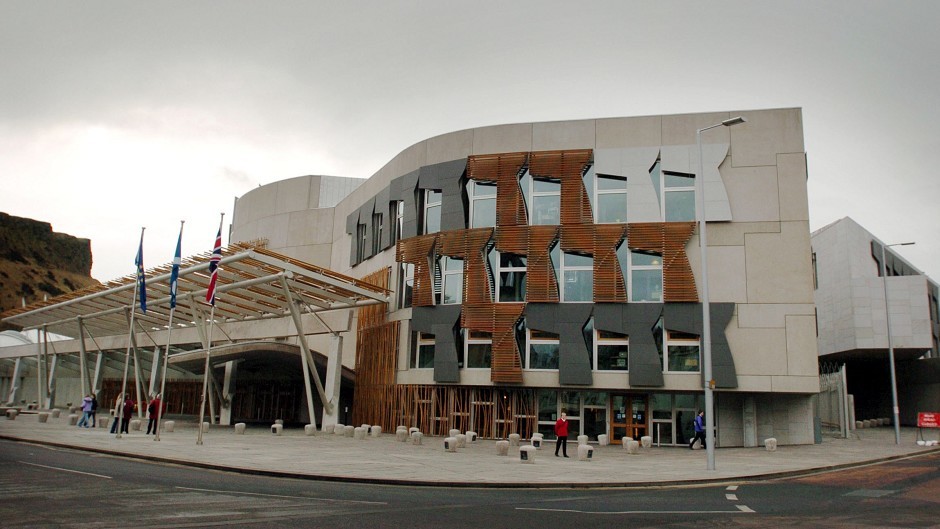
8) What is the Scottish Parliament called?
Holyrood. After the house. Not Holywood, as one UKIP candidate described it.
The present parliament was opened in 2004 and sits in Edinburgh, normally on Tuesday’s, Wednesday’s and Thursday’s, when First Minister’s Questions takes place.
It is currently dissolved though, for the election.
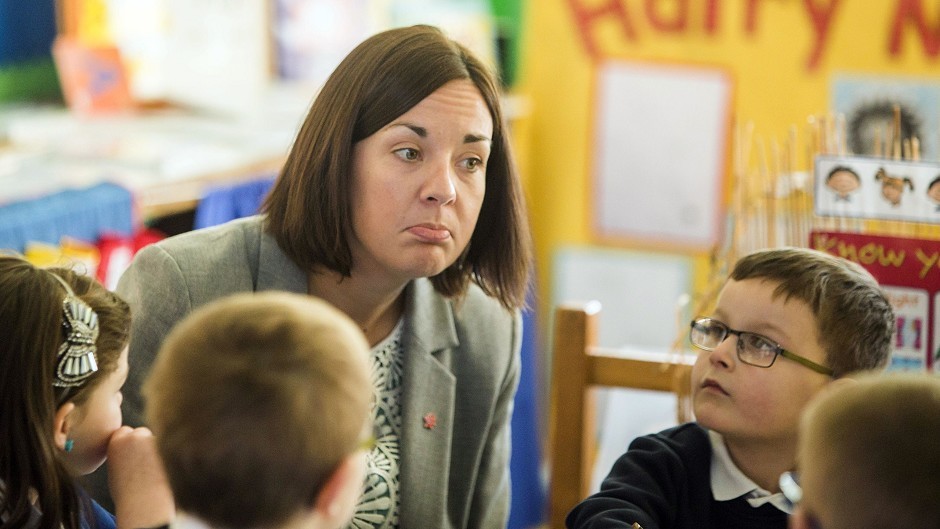
9) Are Scottish Labour dead?
We assume this means electorally. The answer is no – but they did record their worst ever showing in Scotland at the last general election.
The opinion polls are also suggesting they are unlikely to win in this Scottish election either – and could come third behind the Tories.
Kezia Dugdale, of course, would disagree and will be hoping, at the very least, that Labour returns as the official opposition after May 5.
